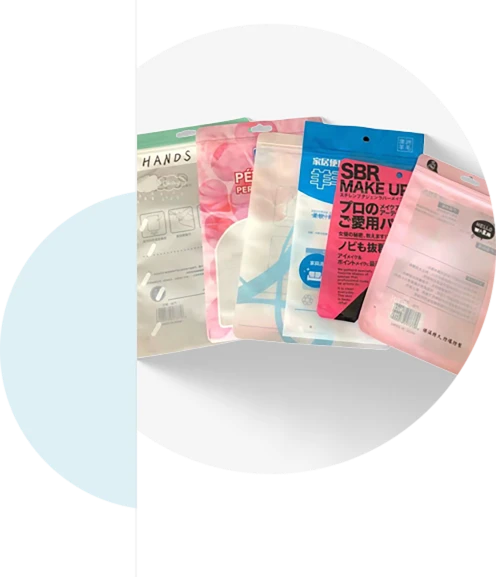- Afrikaans
- Albanian
- Amharic
- Arabic
- Armenian
- Azerbaijani
- Basque
- Belarusian
- Bengali
- Bosnian
- Bulgarian
- Catalan
- Cebuano
- chinese_simplified
- chinese_traditional
- Corsican
- Croatian
- Czech
- Danish
- Dutch
- English
- Esperanto
- Estonian
- Finnish
- French
- Frisian
- Galician
- Georgian
- German
- Greek
- Gujarati
- haitian_creole
- hausa
- hawaiian
- Hebrew
- Hindi
- Miao
- Hungarian
- Icelandic
- igbo
- Indonesian
- irish
- Italian
- Japanese
- Javanese
- Kannada
- kazakh
- Khmer
- Rwandese
- Korean
- Kurdish
- Kyrgyz
- Lao
- Latin
- Latvian
- Lithuanian
- Luxembourgish
- Macedonian
- Malgashi
- Malay
- Malayalam
- Maltese
- Maori
- Marathi
- Mongolian
- Myanmar
- Nepali
- Norwegian
- Norwegian
- Occitan
- Pashto
- Persian
- Polish
- Portuguese
- Punjabi
- Romanian
- Russian
- Samoan
- scottish-gaelic
- Serbian
- Sesotho
- Shona
- Sindhi
- Sinhala
- Slovak
- Slovenian
- Somali
- Spanish
- Sundanese
- Swahili
- Swedish
- Tagalog
- Tajik
- Tamil
- Tatar
- Telugu
- Thai
- Turkish
- Turkmen
- Ukrainian
- Urdu
- Uighur
- Uzbek
- Vietnamese
- Welsh
- Bantu
- Yiddish
- Yoruba
- Zulu
Exploring the Versatility and Applications of Woven Textiles in Modern Fashion
The Versatility and Beauty of Woven Fabrics
Woven fabrics are an essential component of our daily lives, found in everything from clothing to home décor. The art of weaving dates back thousands of years, evolving through time while maintaining its fundamental techniques. This article explores the characteristics, uses, and benefits of woven fabrics, highlighting their significance in the textile industry and everyday life.
What are Woven Fabrics?
Woven fabrics are created by interlacing two sets of threads the warp and the weft. The warp threads run vertically, while the weft threads run horizontally. This intricate interplay creates a strong and durable material that can vary widely in texture, appearance, and application. Woven fabrics can be made from various fibers, including cotton, silk, wool, and synthetic materials, resulting in a diverse range of options suitable for different purposes.
Types of Woven Fabrics
Woven fabrics come in various types, each with its unique qualities and uses
. Here are some common categories1. Plain Weave This is the simplest form of weaving, where the warp and weft threads cross over and under each other alternately. Plain woven fabrics are strong and durable, often used for everyday clothing and items like deckchairs and tents.
2. Satin Weave Satin woven fabrics have a smoother surface due to the way threads are interlaced. The warp threads float over several weft threads before going underneath one, creating a lustrous finish. Satin is commonly used in formal wear, lingerie, and elegant home textiles.
3. Twill Weave Twill fabrics feature a diagonal ribbing or pattern created by floating one warps thread over two or more wefts before going under. This method gives twill fabrics their characteristic texture and makes them more durable. Denim, used in jeans and jackets, is a popular example of twill fabric.
4. Jacquard Fabric Named after the Jacquard loom, this type of fabric allows for intricate and detailed patterns to be woven into the material itself, rather than printed on the surface. Jacquard fabrics are often used in upholstery, curtains, and high-end garments.
Applications of Woven Fabrics
wooven fabric

The applications of woven fabrics are virtually limitless. In fashion, they are used to create everything from basic t-shirts to luxurious evening gowns, adhering to varying demands for quality, comfort, and style. The durability of woven fabrics makes them a preferred choice for outerwear such as jackets and coats, which require strong and weather-resistant materials.
In home décor, woven fabrics are prevalent in upholstery, curtains, table linens, and beddings. The texture and visual appeal of woven materials can transform a living space, adding warmth, elegance, and personality. Fabrics like canvas and burlap are popular in crafting and DIY home improvement projects due to their sturdiness and availability in a range of colors and patterns.
Moreover, the industrial sector leverages woven fabrics in various ways such as in automotive interiors, filtration systems, and protective gear. The robust nature of woven textiles makes them ideal for demanding environments, where strength and reliability are paramount.
Benefits of Woven Fabrics
Woven fabrics offer numerous benefits that contribute to their popularity in various domains
1. Durability Since woven fabrics are made through the interlacing of threads, they are generally more durable than knitted fabrics, which can stretch and lose shape.
2. Versatility With a myriad of fabric types available, woven fabrics can be tailored to suit a range of applications, meeting the specific needs of different industries and consumers.
3. Ease of Care Many woven fabrics are easy to maintain and clean, resistant to fading and wear, making them practical for both everyday wear and home use.
4. Aesthetic Appeal The wide variety of patterns, colors, and textures available in woven fabrics allow for creative expression and personalization, making them a favorite choice for designers and decorators alike.
Conclusion
Woven fabrics are a testament to the blend of tradition and innovation in the textile industry. Their versatility, durability, and aesthetic appeal make them a staple in various applications, from fashion to home interiors. As we continue to appreciate the beauty and functionality of woven fabrics, it is essential to recognize their role in enhancing our quality of life, connecting us to our cultural heritage, and contributing to the sustainability of the textile industry. Whether it’s a cozy bedspread, a stylish outfit, or a durable outdoor piece, woven fabrics remain a steadfast choice in our ever-evolving world.













